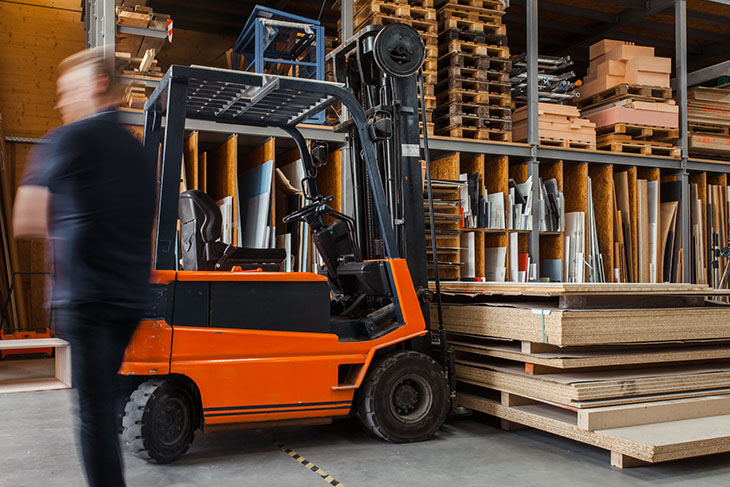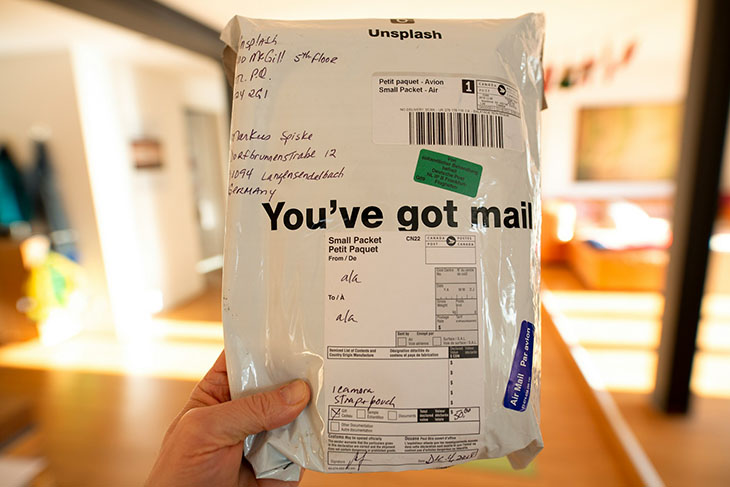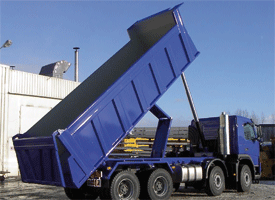A construction project is similar to a puzzle, regardless of its size. You start with a pile of pieces and have to figure out how they all fit together. However, the job’s a bit more complex than a thousand-piece puzzle you might pick up at your local store.
Keeping track of large pieces like lumber or concrete slabs is simple, but what about smaller inventory management techniques? What are the best construction material inventory management solutions?
Benefits of Inventory Management
So much goes into a construction project that losing track of all the bits and baubles you’ll need to create a finished product is easy. Ordering insufficient supplies can throw a wrench in your plans and make it harder to keep up with an already tight deadline.
Construction material inventory management can prevent these hiccups by ensuring everything is in place when you need it. Additionally, this can help reduce cost overruns by eliminating the need for rush delivery if you run out of something important.
For companies concerned about waste, inventory management techniques can help you keep track of building materials so less ends up in the trash at the end of a project. Around 150 million tons of waste from job sites end up in landfills, causing significant damage to the environment.
What are the best inventory management solutions for contractors?
Start by Changing Your Mindset
The construction industry doesn’t traditionally associate itself with inventory management but with the warehouse and logistics sectors. However, the construction industry can greatly benefit from these practices.
Adopting inventory management techniques starts with changing your mindset. You can help convert construction into an inventory-management-driven industry that will help it change and adapt as the sector continues to evolve.
Value Resilience Over Efficiency
Efficiency might seem like the primary goal of a construction inventory management system. Still, efficiency won’t save you if your supply chain falls apart or things start missing from your job sites. Instead of concentrating strictly on efficiency, consider shifting the focus to resilience.
Implementing a resilient inventory management system can include:
- On-site inventory you can transfer from one location to another
- A backup network of suppliers and vendors who will keep things moving forward if primary sources fall through
Adopting new construction techniques — such as shifting your focus to prefabrication — can also help make your system more flexible and resilient. These advancements can help keep you afloat in uncertain times.
Conduct Regular Inventory Audits
Audits are an integral part of an overarching inventory management system, but their frequency is almost as important as their existence. Conducting an audit once or twice a year might help paint a broad picture of the state of your warehouse, but it won’t account for regular use. Frequent inventory audits are your best option. Consider completing an audit before and after each project on your docket if possible. You don’t need to count each screw, nail and bolt in your warehouse, but having a clear picture of the materials you use on each project can help you better project ordering needs and usage in the future.
Incorporate Inventory Management Technology
The construction industry has been historically hidebound, often the slowest to bring new technologies or techniques. The logistics and warehouse sectors have used inventory management technology to keep track of their materials and products for years. Why not follow in their footsteps and adopt technology to make your job easier?
A comprehensive inventory management system should keep track of your inventory across multiple job sites. You can also incorporate options to order supplies, monitor shipments from different vendors and keep track of things moving between one job site and the next.
Create Supply Chain Transparency
The supply chain has been inconsistent over the last couple of years, with shortages and rising costs making it more difficult for companies to meet their bottom line. Fostering transparency and communication within your supply chain can help prevent these hiccups from causing delays or cost overruns. With this information, you can manage your lead times if something does go wrong.
Additionally, supply chain transparency is essential to green and sustainable construction practices. Transparency ensures you know where your supplies are coming from and where your suppliers are sourcing their raw materials. As consumers take a closer look at their environmental impact, having that transparency can bring in new buyers who are more concerned with sustainability than price.
Moving Forward
Inventory management technologies and techniques may have previously been the purview of the warehouse and logistics sectors, but that isn’t true anymore. Construction companies deal with so much inventory that incorporating these technologies is the next logical step.
For those exploring construction material inventory management, ensure you’re opting for resilience over efficiency. Fast is great, but even the quickest and most efficient system doesn’t work if the slightest flaw can cause everything to grind to a halt.



























